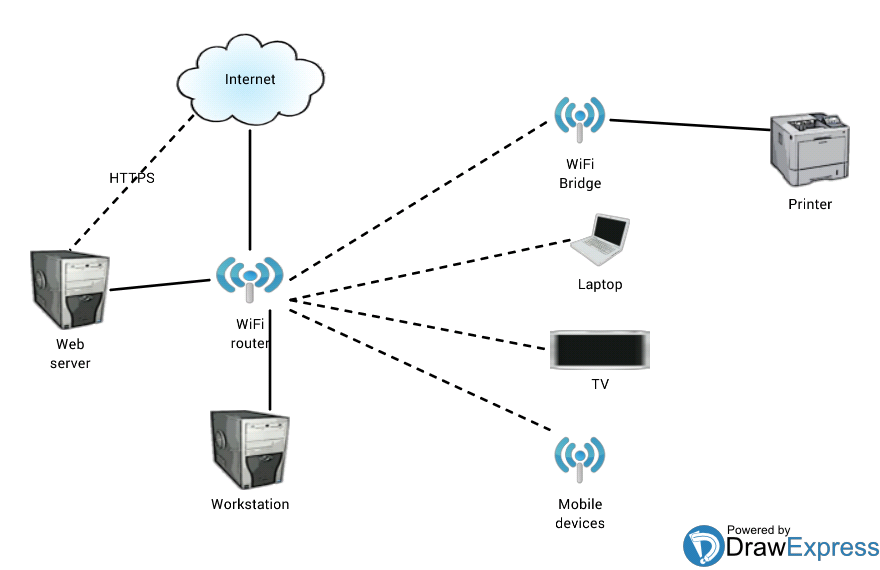Disk partitioning and volume management can be complicated like when you've got disks in RAID groups carved into LUNs connected via fiber channel to a NAS which is pooling the LUNs and then creating file systems and then sharing NFS to VMware hosts which is creating virtual disk files which the guests see as local disks which they can then partition and add them as physical volumes to volume groups carved into logical volumes which are then formatted with file systems and mounted before you can finally start storing some files... And changes are done online.
Now I've written about LVM before (http://archangel.thenibble.org/2010/11/disk-management-with-logical-volume.html) and to re-iterate, if you're using any main GNU Linux distro, you should use LVM.
Skipping the SAN, NAS, and virtual layers, when adding a new local disk, general practice is to create a partition on that disk with "
parted" and add that partition as a PV (rather than doing a whole disk which can be harder to resize for LVM). With parted, create "GPT" partition tables instead of DOS as GPT will work for all drive (partition) sizes. Partition sizes can also be given in percentage which is useful both for the start of the disk which automatically aligns the partition as well as for the end of the disk to use all available space.
Example session:
# parted /dev/sdc
GNU Parted 2.1
Using /dev/sdc
Welcome to GNU Parted! Type 'help' to view a list of commands.
(parted) mklabel
New disk label type? gpt
(parted) mkpart
Partition name? []?
File system type? [ext2]?
Start? 0%
End? 100%
(parted) set
Partition number? 1
Flag to Invert? lvm
New state? [on]/off?
(parted) p
Model: VMware Virtual disk (scsi)
Disk /dev/sdc: 53.7GB
Sector size (logical/physical): 512B/512B
Partition Table: gpt
Number Start End Size File system Name Flags
1 1049kB 53.7GB 53.7GB lvm
(parted) q
Information: You may need to update /etc/fstab.
# pvcreate /dev/sdc1
Physical volume "/dev/sdc1" successfully created
... vgcreate / vgextend, lvcreate, mke2fs, and so on.
Ciao
